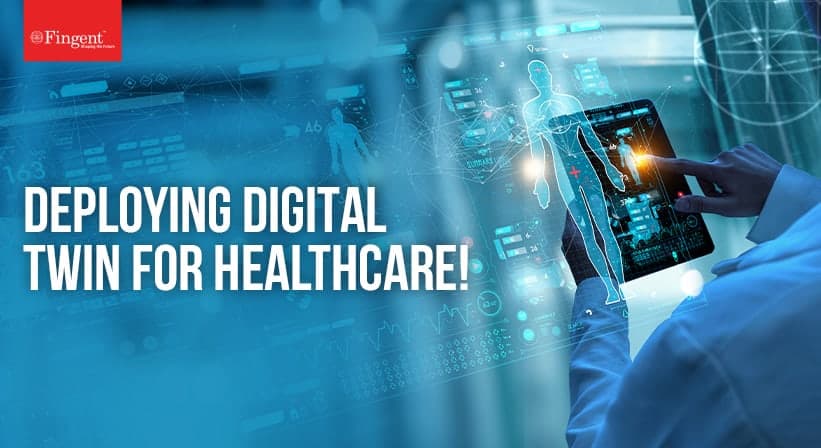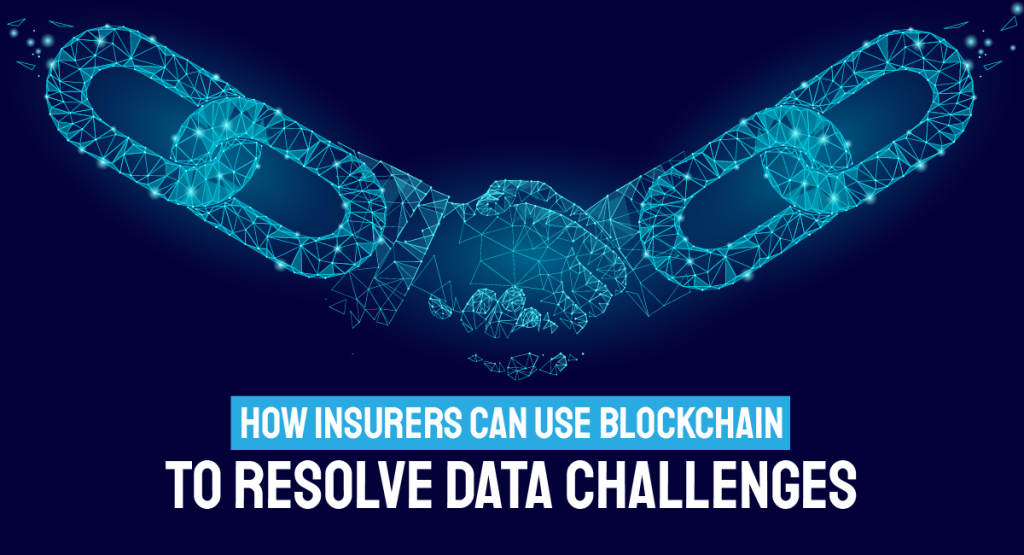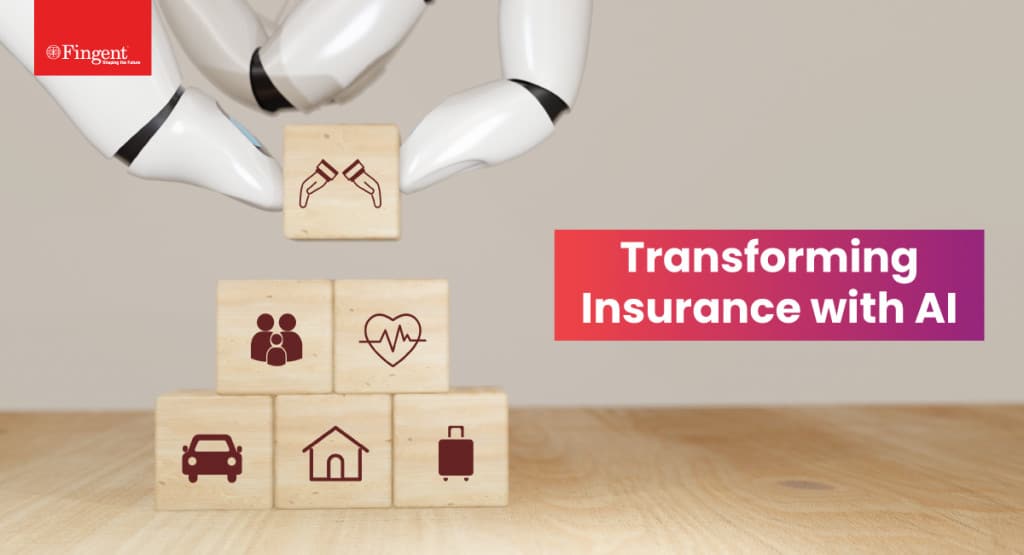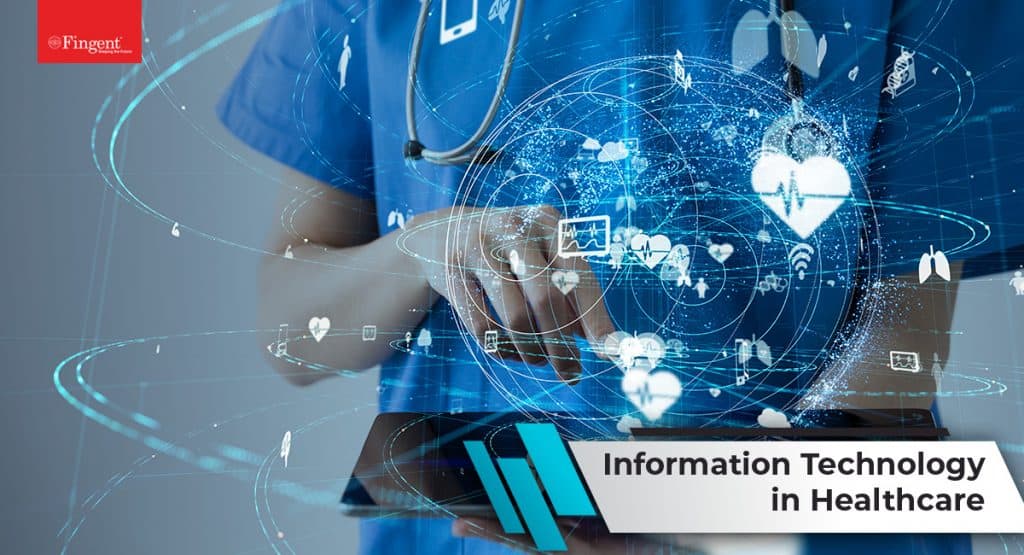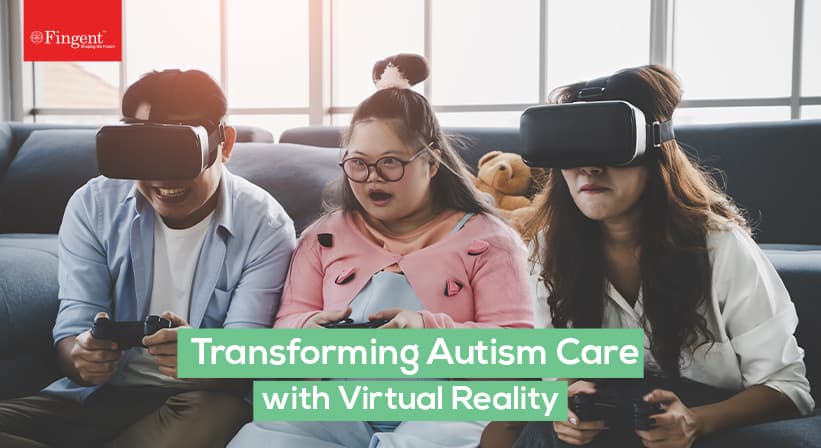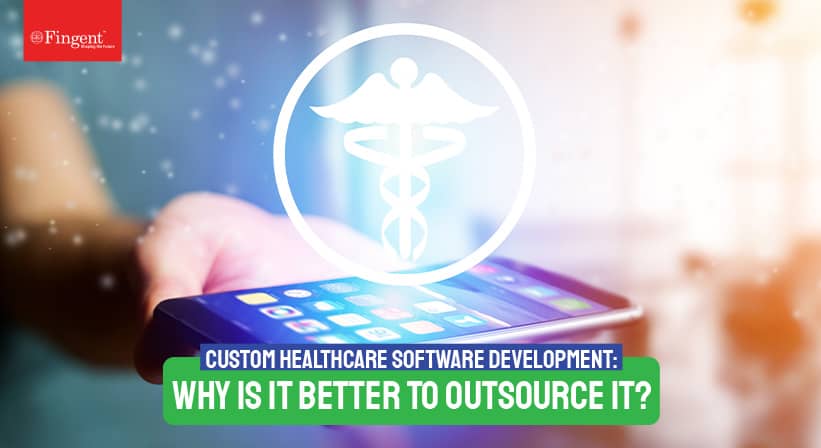Tag: digital twin
Data is the very foundation of insurance operations. Until the introduction of modern data analytics technologies, insurers used to make decisions based on the insights garnered from historical data. The advent of cloud computing, the divergence of data sources, the instrumentation of datasets, and the availability of real-time data have fundamentally transformed the way insurance operates today. Modern insurance carriers seek innovative methods to visualize and contextualize data from both physical and digital assets. With digital twins, insurance leaders can make the most of data, assess their readiness to face disasters, prevent damages before they occur, and optimize core insurance operations. This post explores why digital twins are vital for insurance companies in the future.
Read more: Is Digital Twin Promising A New Era for Healthcare?
The Importance of Digital Twins in Insurance
Digital twins are computerized models or virtual replicas (simulations) of physical objects such as devices, assets, products, or processes. The biggest advantage of digital twins is that they operate in real-time, taking cues from updated data. This holds immense potential for the insurance industry, which heavily relies on data insights to make critical business decisions. Digital twins leverage connected technologies (IoT, sensors, real-time data monitoring systems) to help insurers define new policies or packages, mitigate risks, reduce administration costs, and enhance core insurance operations such as underwriting, claims processing, new policy creation, fraud detection, customer assets evaluation, etc. They also allow insurance companies to prevent unplanned downtimes and discover new growth opportunities.
These stats prove why digital twins are important for insurance companies going forward:
- Data Bridge Market Research estimates that by 2027, the global digital twin financial services and insurance market will account for USD 77,530.82.
- 87% of insurance executives agree that digital twins will strengthen their ability to collaborate in strategic partnership ecosystems, crucial for long-term success.
- 93% of insurance executives realize the necessity of a centralized and intelligent data hub that helps them understand the defects of their current processes and remodel their operations.
Digital twins can act as a virtual insurance lab for executives to predict and evaluate any risk scenario and make smart decisions. With digital twins, Insurance is moving to Assurance, a new business model that saves huge compensations from being paid off by averting losses before they occur. Let’s consider the example of a cargo vessel that is ferrying goods from one port to another. Telematics is alerting the vessel’s crew that the ship will soon be exposed to a sea storm. The vessel’s digital twin can collect data from the entire ship’s systems and assess how the storm will impact the vessel. This enables the captain to quickly turn their route and reach the safest port nearby. This is a classic example of how digital twins help upgrade insurance into assurance.
Digital Twins Can Improve Core Insurance Operations
Digital twins transform five core areas of insurance operations:
1. Underwriting
Underwriting refers to the process of pricing risks based on risk assessment. With real-time streaming of data and virtual simulations, underwriters can gain a better understanding of pricing risks based on different scenarios. Digital twins allow insurers to analyze more heterogeneous datasets within a short span of time, such as cases of heart attacks, house fires, vehicle mishaps, earthquakes, floods, and other catastrophic incidents that don’t occur frequently. This enables underwriters to fix more competitive premiums. Commercial line insurers can leverage digital twins to process workers’ compensation claims more effectively, reduce premium audits, and customize premiums to match the changing workforce.
2. Distribution
By creating virtual replicas of customer habits, insured assets, and external events affecting customers’ assets and decisions, insurers can gain a more comprehensive view of the volatile market. Digital twins can simulate consumer behavior patterns based on their online activities, shopping data, and search habits. This allows insurance executives to understand customer journeys and practice context-relevant selling across the omnichannel spectrum. Insurers can also push one-click purchases across different customer touchpoints to boost distribution. The more you know about the customer, the better you can provide personalization. With online simulations and near-real visualizations, insurers can improve cross-selling and upselling.
3. Claims Processing
Digital twins help fast-track claims processing by reproducing the scenarios or circumstances behind the appeals, such as conditions of damage, car accidents, fire breakouts, etc. Claim adjusters can leverage digital twins to simulate accidents and assess their impact on the claimant’s property or other valuable possessions. This avoids the need for expert examination and helps precisely determine the insurance company’s liability. To prevent unwanted delays in claims processing, executives can compare the virtual and physical records of an accident or a house fire. Thus, digital twins in claims processing allow insurers to respond quickly to their customers.
4. Back-office Administration
Like HR, Finance, Procurement, Inventory, and other corporate functions that can be augmented with automation, several back-office operations in insurance companies can be improved using digital twins. It’s possible to create the virtual simulation of a blockchain-based smart contract prior to implementing the actual contract. Insurance carriers, customers, claim adjusters, and relevant policy stakeholders can explore how the smart contract would work in real-life and ascertain how secure the contract would be. While blockchain ensures transparency and trusted execution of smart contracts, digital twin stores and evaluates the insurance data in real-time. This helps avoid any legal disputes and complications in the future.
Read more: How Blockchain enables the insurance industry to tackle challenges
5. Fraud Detection
FBI reports that in the United States, the total cost of non-health insurance fraud alone accounts for USD 40 billion per year. The rising insurance fraud costs force carriers to increase their premiums, which has a direct bearing on many American families who will have to pay higher premiums every year. Thanks to digital twins, it’s now possible to reproduce an event that resulted in a catastrophe or damage. Claim adjusters can determine the claim’s accuracy by comparing the applicant’s data with the simulated version of the incident. As a result, inconsistent claims can be detected quickly to reduce the carrier’s liability and save costs.
Leading Insurers Are Experimenting with Digital Twins
Leading reinsurer Swiss Re has partnered with Microsoft to establish a Digital Market Center for building “risk digital twins” – a virtual world that leverages AI and big data to create simulations expounding different risk scenarios. Swiss Re uses this knowledge to forecast supply chain risks, disasters, and other financial exposes. It allows insurers, business owners, and end consumers to make cost-effective and timely interventions.
Read more: Transforming Insurance with AI
Piprate, an Irish Insurtech startup joined the Digital Twin Consortium in 2020 to promote the potential of digital twin technology in the insurance industry. Piprate builds digital twins of insurance risks to solve the industry’s predicaments related to vital financial data acquisition and data sharing.
AI Journal reports that the insurers who participated in their pilot study titled “Digital Twins of Risk AI” (a UK grant-funded project) were able to gain a 360-degree view of risk in real-time across 100% of their portfolios.
Looking Ahead!
To face the disruption and navigate the uncertainty triggered by the COVID-19 pandemic, insurers need to evolve from self-contained businesses to strategic players in a partnership ecosystem. Besides streamlining data from discrete devices, digital twins offer a valuable source of intelligence for insurers. Following the unpredictable times ahead, insurance leaders will have to rethink their long-term plans and gain the ability to amend packages and make interventions in real-time. Fingent top custom software development company enables insurance leaders to prepare for a more agile and intelligent future by leveraging digital twins and other leading insurance technologies.
Get in touch with us to know more!
Stay up to date on what's new

Featured Blogs
Stay up to date on
what's new



Talk To Our Experts
Over the next three years, 66% of healthcare executives are planning to increase their investment in digital twin, states a recent digital health technology report. Since the outbreak of the COVID-19 pandemic, digital twin technology has been playing a key role in aiding healthcare professionals. Digital twin is used to optimize the usage of ventilators for critical patients, support contactless temperature scanning, reduce person-to-person contact, trial drugs, and prevent the risk of disease transmission. In the post-COVID-19 era too, medical researchers can leverage digital twins to analyze the existing data and study the impact caused on the human body.
In this blog, we’ll take you through what is digital twin technology and how it’s creating an impact in the healthcare industry? Let’s checkout!
The Role of Digital Twin in Healthcare
Digital twin technology allows you to replicate the physical world in a digital layout. A digital twin is a virtual model of a device, object, or process that operates in real-time to update data when changes are made. Researchers rely on digital twins to test new scenarios in real-life environments with improved safety and cost-effectiveness. In the past, the application of digital twins was limited to sectors such as industrial engineering and manufacturing. It was economically unviable to build digital twins in other fields like healthcare and education. The proliferation and affordability of innovative technologies such as IoT, AI, ML, AR, VR, and XR are accelerating the adoption of digital twins in healthcare.
Read more: The Application and Impact of Information Technology in Healthcare
The healthcare industry is constantly striving to enhance patient outcomes, reduce operating costs, and address unforeseen medical crises effectively. The US-based Digital Twin Consortium observes that digital twin technology has the potential to improve patient turnaround, reduce patient wait times, optimize equipment utilization, cut staffing expenses, and minimize bed shortages. It helps personalize medicines based on real-time data and improve the operational efficiency and performance of healthcare organizations by identifying workflow bottlenecks and scheduling optimization.
Top 5 Applications of Digital Twin in Healthcare
Digital twins allow the creation of handy virtual models and medical simulations based on the data gathered from wearable devices, patient records, drugs and pharmaceutical companies, device manufacturers, and other healthcare departments. This helps streamline the overall clinical and caregiving processes. Listed here are the top five applications of medical digital twins:
1. Customize treatments and drug administration
Digital twins allow physicians, hospitals, and clinics to deliver patient-centric care by leveraging precision medicine. Data stored in healthcare mobile apps, medical software, wearables, fitness trackers, and other medical devices can be captured into digital twins which enables doctors and front-line health workers to address patients with persistent or critical conditions. For example, combining AI-powered anatomical analysis with the virtual model of a patient’s heart helps understand the progression of heart diseases over time. It enables medical researchers to identify how the patient will respond to new drugs, treatments, or surgical intercessions. Digital twin experiments are also conducted to analyze the progression of neurogenerative ailments such as Alzheimer’s and Parkinson’s.
2. Advance surgical procedure planning
Digital twin technology enables brain and heart surgeons to run virtual simulations of surgical procedures prior to executing complex surgeries. Testing pre-operative and post-operative surgical procedures and outcomes on a digital replica of human body parts reduces the risk of hampering human health. Advanced, patient-specific computational models of human organs help plan and augment complex surgical interventions with improved precision and care.
Read more: How Virtual Reality Benefits Autistic Patients
3. Enhance caregivers’ efficiency and experience
Digital twins support caregivers to gain a consolidated view of patient data scattered across various medical applications, physicians, and specialists. Technologies like Natural Language Processing (NLP) help infer the data and summarize the medical history of each patient. Capturing patient-specific information onto your medical dashboard throws better light into the context of each patient. This improves your clinical decision-making ability.
Digital twin model of a hospital allows you to measure the impact of organizational changes. For instance, you can use the virtual model to test new operational strategies, care delivery programs, staffing rotation, appointment scheduling, hospital bed facilities, surgical schedules, and so on. This helps redesign your organization’s workflow, improve coordination among various departments, and reduce the treatment window.
Case Study: How Fingent’s healthcare technology solution helped improve collaboration between doctors, patients, and caregivers
4. Test new medical devices and drugs
Federal drug regulators such as the United States Food and Drug Administration (FDA) agency as well as the European Medicines Agency (EMA) propose using AI algorithms to determine the safety and effectiveness of pilot drugs. Digital twins can simulate the health traits of a larger number of patients which helps analyze how a drug’s usage will impact a wider population. Using several inclusion and exclusion paradigms, AI helps pace up drug trials by identifying the willingness and availability of patients. Digital twins can also mitigate the harmful impact of experimental drugs and reduce the number of patients who need to undergo real-world testing.
It takes more than $2 billion to manufacture and launch a new drug into the market. Trial phase alone costs heavily and over 90% of treatments fail during this period. Capitalizing on technologies like machine learning and computational modeling helps expedite the early stages of drug design, development, and safety evaluation. Digital twins integrate the test data across various samples to give a holistic picture of the drug’s effect on patients.
5. Improve supply chain flexibility
The first wave of the COVID-19 pandemic weakened our supply chains due to the lockdowns and transportation bans across various countries. This resulted in the shortage of essential healthcare supplies. Digital twins allow healthcare organizations to create robust contingency plans to address such unpredicted events, increase bed capacity, manage emergencies during shutdowns or shortages, offer remote patient care, and design and construct new medical facilities to reach out to more patients. Hospitals, labs, and healthcare establishments can remodel their supply chain relationships to create alternative plans, improve collaboration with suppliers, and team up with authorities to plan and negotiate.
Read more: Why is it better to outsource custom healthcare software development
Make The Most of Digital Twins with Fingent
Healthcare application development experts at Fingent help you overcome the hurdles that defer digital twin adoption such as data gathering, quality of clinical trial datasets, and information security and privacy. We develop custom healthcare apps leveraging technologies such as VR, AI, ML, and IoT that enable you to virtually test innovations and deliver exceptional patient care. These solutions can be tailored to optimize both your clinical and operational functions. For instance, we help you develop virtual simulators for ACLS (Advanced Cardiac Life Support System), accident trauma care standard operating procedure, an orthopedic or cardiac surgical procedure involving complex tools, and Neo-natal Resuscitation Simulator (GOLDEN MINUTE PROTOCOL).
Read more: How Virtual Reality Improves the Standards of Medical Education and Training
Besides VR, healthcare providers can benefit from various customizable solutions such as connected healthcare apps powered by IoT, integrated medical dashboard software, remote patient monitoring systems, and healthcare analytics applications. Improve your organization’s technology ecosystem with Fingent top software development company. Contact us to design digital twins and drive innovation.
Stay up to date on what's new

Featured Blogs
Stay up to date on
what's new



Talk To Our Experts
How to prepare for IoT in 2025?
In coming years the Internet of Things (IoT) is here to stay. We’re at the cusp of a new era wherein intelligent digital connectivity is a part of our day-to-day lives. Gartner predicts that there will be 25 billion connected devices by 2021. Thus, IoT has made its presence felt across various industries.
Upcoming IoT trends that can shape the business landscape
1. Industrial IoT and Digital Twin technology:
IoT has made manufacturing smart, efficient and less risky. Using digital twin technology, organizations can access the context, structure, and behavior of an asset. Thus, you have the information regarding the past and present state of an asset with an ability to look into the future. Organizations are therefore receiving warning alerts and predictions faster than ever before. Investing in a digital twin can be a part of your IIoT strategy so that after implementing sensors into your machines, you can document their operations and fine-tune them.
2. Computing would be balanced between the cloud and the edge:
While those new to IoT consider cloud as inevitable, high data transmission costs for remote business environments have moved computing to the edge. In many industrial sectors, shifting some analytics intelligence to the edge may prove cost-effective. With edge devices becoming more affordable and centralized infrastructure becoming more stressed, there would be a balance between cloud and edge.
3. Sustainability will become important:
Sustainability efforts have become a key business priority across the globe. The World Economic Forum reports that IoT projects can help to accomplish the UN’s 2030 Agenda for sustainable development. IoT can have a large impact on global sustainability as it connects people and things. IoT can be used to reduce e-waste, promote agricultural sustainability, save energy, protect species, reduce emissions and so on.
How to gear up for the IoT boom in 2024?
While IoT promises attractive growth potential, many companies lack the technical capabilities and know-how to make their IoT projects work. A recent survey found that almost 75% of IoT projects end up as failures. Following are some of the ways in which you can prepare for the IoT surge:
Related Reading: IoT Implementation: Common Mistakes And Strategies To Tackle Them
- Plan Ahead: The major challenges that cause IoT projects to fail are budget overruns, limited internal expertise, long completion times, lack of proper data. All of this boils down to planning. You need to organize your projects, asses your budget needs, calculate the time requirements and assess whether your team has the expertise to handle the project. If you lag on any of these points, it is better to postpone the project rather than not finishing it at all.
- Establish partnerships: Implementing IoT products can be very taxing due to the complex technology involved. The task can become almost unmanageable without a network of partners. You can establish partnerships for technological expertise or data and content delivery. Pioneers like Facebook, Amazon or Google have built entire ecosystems by establishing partnerships with hundreds of thousands of specialized developers.
- Integration: Successful IoT implementation requires robust connectivity, infrastructure, and seamless integration of your enterprise application/ systems with proper third-party wares. Challenges such as integration of the IoT platforms to enterprise applications and integration of edge/ cloud computing devices to the IoT platforms are most prevalent. By forming a strong IoT solution team with IoT architects and other subject matter experts, you can solve challenges across the IoT solution landscape.
- Ramp up the security: Cybersecurity is going to be one of the biggest risks in an increasingly connected world. Since everything that can be connected to the internet is exposed to a security risk, it is critical to secure every connected device. You need to be prepared with a game plan to tackle such types of data breaches. If you find that your business is ill-equipped to meet the security needs of your IoT network, don’t worry; you can always outsource.
Related Reading: The Pros and Cons of Outsourcing Mobile App Development
- Data storage: IoT is all about data. Cisco estimates that IoT devices would generate about 847 zettabytes of data per year by 2021. You can invest in your own local data storage system (which would be expensive) or you can find a cloud storage provider. Edge computing is another possible solution that is preferable over the aforementioned ones. In this system, the data is pushed to the ‘edge’ for quick access and to prevent data overload.
- Be ready to transform: Partnerships are important. But you’ll also have to set up your own software and big data capabilities which are far beyond the existing levels. The team should focus on transforming itself into a technology company that understands the capabilities of IoT. Be responsive and address all concerns that rise up during the course of the project.
- Innovate dynamically: A dynamic operating model requires cooperation. Innovative approaches like hackathons can be used to advance new ideas that meet the market demands of the digital world. Having the courage to take risks is an important part of dynamic product development. Even if ideas fail, it is important to keep trying and be consistent.
The Internet of Things (IoT) is set to bring about lasting changes across various industrial sectors. Business leaders who stay agile can rest assured that they won’t be left behind.
Need any tips on how to harness the power of IoT in your business? Contact us now!
Stay up to date on what's new

Featured Blogs
Stay up to date on
what's new



